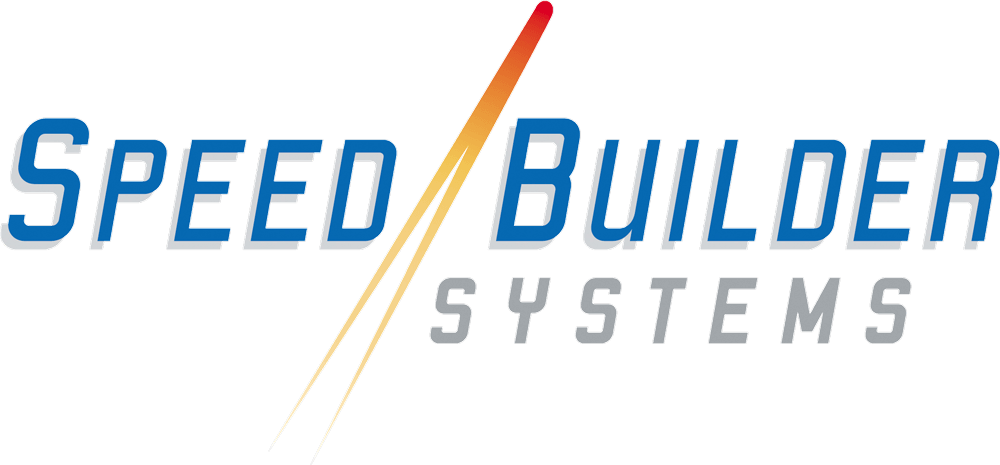Can you guess the top reason people file complaints about their insurance?
You may be surprised!
Whether they’re unhappy with their home, health, or auto insurance), the chief reason that compels people to file a formal complaint is a delay in claim processing.
That even beats the number of complaints people file about having their claim denied or being dissatisfied with their settlement.
Some delays are unavoidable, but there are steps that insurers of all sizes can take to ensure that claims are processed as efficiently as possible. The first step is to automate the process, from start to finish.
Automation accomplishes more than simply streamlining the process, though that’s certainly no small feat. It also reduces costs associated with claims handling and vastly improves the customer experience.
Surveys of insurance customers conducted by PwC in 2018 and 20223 — before and after the onset of the pandemic — reveal just how much consumers’ expectations have changed in the last few years, particularly when it comes to technology:
- Up to 77% now prefer to submit their claims using a mobile device.
- Up to 80% said they would switch insurers because of a lack of a user-friendly digital interface.
The key to successfully automating claims processing? Choosing a software solution that offers the flexibility of configuring the system based on the specific needs of an individual agency or insurer. After all, claims handling is not a one-size-fits-all process, and requirements can change over time.
These are just some of the capabilities to look for in claims automation software:
- A portal that agents, customers and TPAs (if appropriate) can easily access
- Automatic Coverage Verification during first notice of loss.
- Ability to upload documents, photos, and estimates into the claim file.
- Third-party integrations.
- Flexible security settings to enable and disable rights and controls on a single user or role basis at any time.
- Auto generated statutory forms and letters.
- Subrogation and salvage processing
Your customers will thank you — or at least they’ll be considerably less likely to file a complaint!



